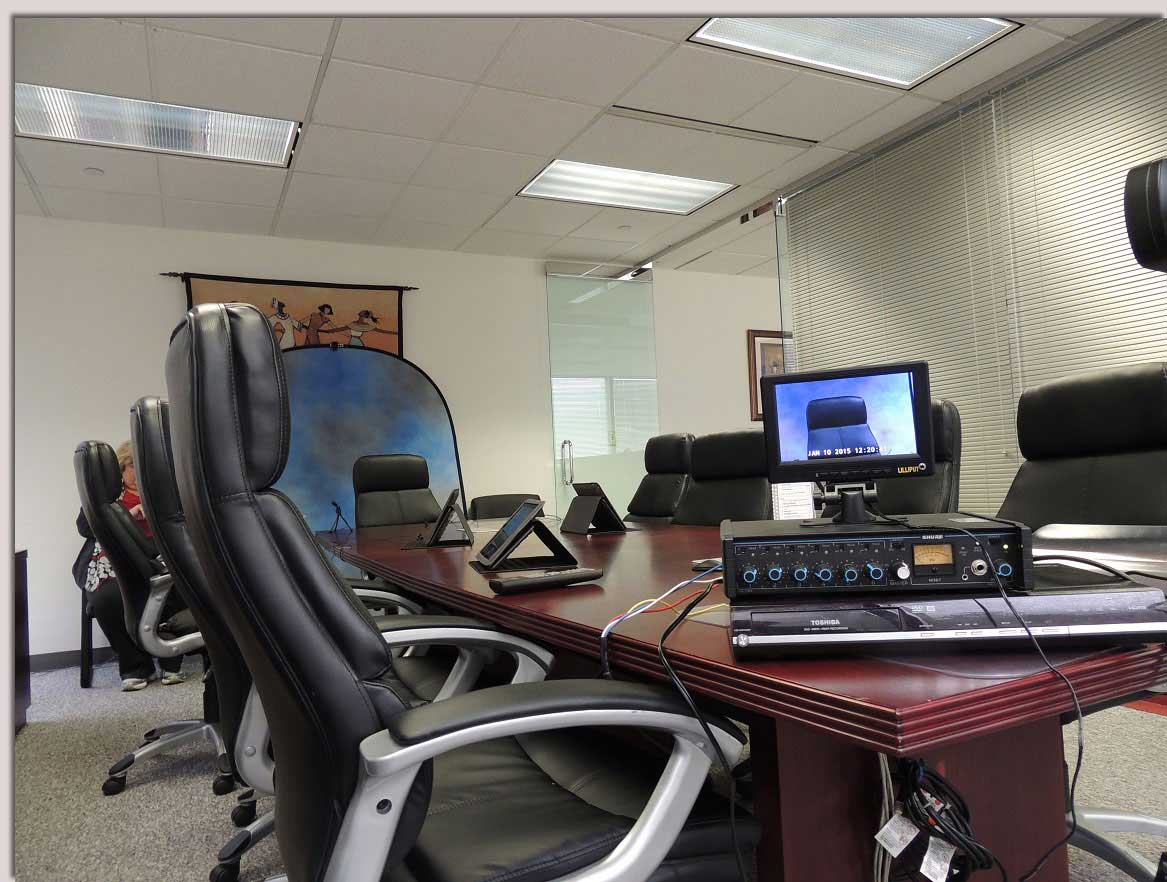Digging Into the Mechanisms of Legal Videography: Unveiling Its Procedure in Shielding Genuine Visual Testament for Judicial Proceedings
In the realm of judicial proceedings, the function of lawful videography stands as a cornerstone in preserving and offering visual proof. As technology proceeds to advance, the mechanisms behind legal videography have actually become significantly complex, using a crucial layer of credibility to statements captured on video clip. By delving into the operational intricacies of legal videography, one can uncover the meticulous procedures that guard the stability of visual proof provided in court rooms - Legal Videography. This exploration not just clarifies the historical development of lawful videography however also means the future fads that may better revolutionize exactly how aesthetic testaments are upheld in the world of justice.
Historical Evolution of Legal Videography
Checking out the historic development of lawful videography exposes a significant transformation in the recording and presentation of visual proof within the lawful landscape. In the past, legal proceedings greatly relied on created records and photographs to document occasions and offer evidence. With the advent of video innovation, the legal market witnessed a standard shift in how aesthetic testimony was captured and offered.
The evolution of lawful videography can be mapped back to the late 20th century when developments in video recording devices made it much more accessible for usage in court rooms. This technological innovation not only boosted the accuracy and integrity of visual proof but also changed the means instances existed to courts and courts (Legal Videography). Lawyers began to identify the influential power of video recordings in conveying emotions, nuances, and non-verbal cues that composed photographs or transcripts alone can not capture effectively

Technology Developments in Video Paperwork
What key technological advancements have reinvented video documents in the legal field? The legal field has seen considerable advancements in video clip documents innovation that have actually improved the authenticity and reliability of visual evidence in judicial process. One of the vital innovations is high-def (HD) video clip recording abilities, which offer crystal-clear images and sharp information that are vital for accurately capturing testaments, faces, and various other aesthetic signs. Furthermore, the assimilation of timestamping and metadata attributes in video documents devices has actually enabled precise documentation of when and where the video was videotaped, guaranteeing the honesty of the evidence presented in court.
In addition, improvements in video clip security and watermarking modern technologies have strengthened the security and tamper-proof nature of video proof, protecting it versus unauthorized alterations or meddling. The arrival of cloud storage space services and remote gain access to abilities has structured the storage space, access, and sharing of video proof, assisting in seamless collaboration among lawful professionals and making sure effective access to essential aesthetic testimonies when needed. These technical developments in video clip paperwork have undoubtedly revolutionized the legal area, enhancing the accuracy, credibility, and admissibility of aesthetic evidence in judicial procedures.
Role of Lawful Videographers in Courtroom Settings
The development of video clip paperwork modern technology in the legal field has demanded an important duty for legal videographers in court setups, making sure the integrity and dependability of aesthetic testaments offered throughout judicial process. Legal videographers play a basic function in recording and maintaining accurate visual proof that can be crucial in litigation. Their responsibility reaches establishing up equipment, taping proceedings, and creating top notch videos that accurately reflect the events in the courtroom.
In addition, lawful videographers typically function carefully with lawful groups to guarantee that the video evidence aligns with the instance's requirements and can be effectively presented in court to support the lawful arguments being made. Generally, the role of lawful videographers in courtroom settings is essential in promoting the concepts of justice and making certain the openness of lawful proceedings. Legal Videography.

Ensuring Admissibility and Stability of Video Evidence
To maintain the reputation of visual evidence presented in lawful process, making sure the admissibility and integrity of video clip evidence is an important duty for legal videographers. Admissibility refers to the acceptance of proof by the court, and for video proof to be acceptable, it must meet specific criteria. Lawful videographers play an important duty in ensuring that the video clips they capture abide by the policies of evidence, such as integrity, authenticity, and importance.
Stability of video clip evidence involves preserving the creativity and precision of the video from the moment it is recorded until it exists in court. This includes firmly keeping the video clip files, documenting the chain of wardship, and protecting against any kind of meddling or alterations. Lawful videographers have to follow rigorous protocols to assure the honesty of the video proof and prevent any kind of challenges to its authenticity.
Future Trends in Legal Videography
Given the boosting dependence on technology in legal proceedings, legal videographers are positioned to accept ingenious innovations shaping the future of aesthetic statement site web capture and presentation. One of the noticeable trends coming up is the integration of digital truth (VIRTUAL REALITY) and augmented reality (AR) technologies into lawful videography. These technologies have the potential to change how visual proof is provided in courts, allowing courts and courts to submerse themselves in the scene of the criminal activity or occurrence.
Furthermore, the usage of man-made intelligence (AI) algorithms for video clip analysis is expected to streamline the procedure of reviewing and analyzing large amounts of video clip footage. AI can help in determining essential minutes, anomalies, and patterns within video clips, enhancing the efficiency of lawful investigations.

Conclusion
In final thought, lawful videography has played a crucial role in offering authentic visual evidence for judicial procedures. Through technological improvements and the knowledge try this web-site of legal videographers, the stability and admissibility of video evidence are guaranteed in courtroom settings. As lawful videography remains to advance, it will certainly be important to support requirements that maintain the accuracy and reliability of aesthetic testament for the future of legal proceedings.
Checking out the historical development of legal videography exposes a significant change in the recording and discussion of aesthetic proof within the legal landscape.The development of video clip documents technology in the legal field has actually demanded an essential role for lawful videographers in court room settings, making certain the integrity and integrity of visual statements presented during judicial process. Additionally, legal videographers typically function very closely with legal teams to guarantee that the video evidence aligns with the instance's requirements and can be properly provided in court to sustain the lawful arguments being made.To maintain the credibility of visual proof presented in lawful process, ensuring the admissibility and honesty of video proof is a critical responsibility for legal videographers. As legal videography continues to progress, it will be necessary to support criteria that maintain the precision and integrity of visual statement for the future of lawful process.